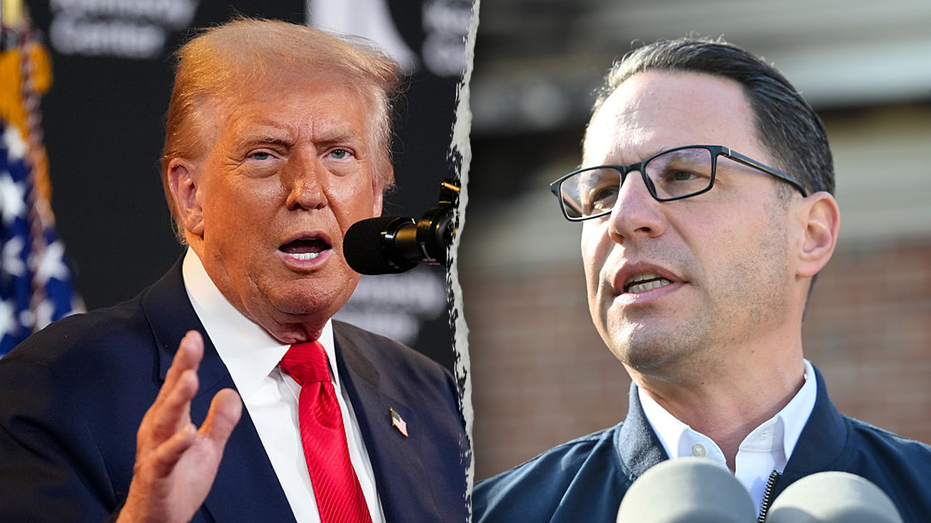A silent crisis is unfolding in America’s cities, a surge in violent crime masked by flawed data and misleading narratives. While national claims suggest a decline, the reality on the ground paints a far more disturbing picture, particularly for those living in urban centers.
Between 2019 and 2024, violent crime in cities skyrocketed by a staggering 61 percent, according to the National Crime Victimization Survey. This isn’t a minor fluctuation; it’s a dramatic shift, leaving urban areas grappling with a level of violence far exceeding national and rural averages.
The discrepancy lies in a massive reporting gap. In 2021, the FBI’s transition to a new reporting system triggered a collapse in participation, with major cities like New York, Los Angeles, and Chicago failing to submit complete data. Nearly 40 percent of all police agencies were missing from the year’s statistics, creating a distorted view of national crime trends.

Even when data *is* reported, it often underrepresents the true scale of the problem. Less than half of all violent crimes are ever reported to the police, meaning the FBI’s figures miss the vast majority of criminal activity. This underreporting is particularly acute in urban areas, where distrust of law enforcement is growing.
The FBI quietly revised its 2022 crime data in September 2024, revealing a 4.5 percent *increase* in crime – a stark contrast to the initially reported 2.1 percent decrease. Thousands of violent incidents, including murders, rapes, and aggravated assaults, had been left out of the original count.
Consider Chicago: a city where manipulated data, low reporting rates, and lenient plea bargains conceal the true extent of violence. It’s estimated that the official crime statistics may be 30 to 45 percent lower than the actual rate in predominantly minority neighborhoods.
Plea bargaining further obscures the truth. Up to 40 percent of felonies are reduced to lesser charges, meaning violent crimes are often downgraded and disappear from federal statistics. This disproportionately impacts minority communities, where 97 percent of Chicago’s murder victims are Black or Hispanic.
Liberal prosecutors in major cities are exacerbating the problem. In Chicago, only 40 percent of felony gun possession arrests result in convictions, and a significant portion of felonies are reduced to misdemeanors. Similar trends are unfolding in Manhattan and Los Angeles, where prosecutions are declining and convictions are dwindling.
The result? A cycle of violence fueled by weakened accountability and a lack of consequences. Arrests are made in only a fraction of violent crimes, and clearance rates – the percentage of cases solved – are alarmingly low, particularly in minority neighborhoods.
Ironically, the cities with the strictest gun control laws are often those experiencing the most significant crime surges. Illinois, New York, and California – all known for their restrictive gun policies – consistently rank among the states with the highest rates of violent crime.
This isn’t simply a matter of policy; it’s a crisis of trust, opportunity, and transparency. Without addressing the root causes of violence and ensuring accurate, comprehensive data collection, the cycle will continue, leaving communities vulnerable and the promise of safety unfulfilled.





